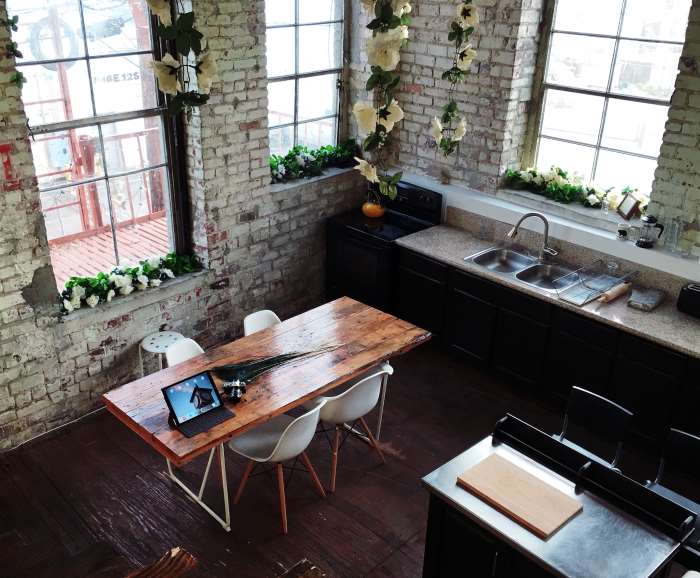Electronic VE Testing Setup
TLDR: As a VE group, to simplify and expedite our process we moved from a paper based setup to Chromebooks and online testing through exam tools.
Testing Background
To get an Amateur Radio license individuals need to pass a test administered by a group of Volunteer Examiners (VE). Our group has given these tests under the ARRL VEC for many years. We have found handling all of the paperwork (forms and exams) to be time consuming. We weren’t alone in this, and others have built a wonderful online testing system that we are now adopting.
Software Solution
ExamTools offers both a method to handle session paperwork and to administer exams. It became the defacto online testing platform during the pandemic and saw a huge increase in use. It is now the platform of choice for many VE groups. It offers multiple options for the actual exams.
- Online - the examinee takes the exam on a computer and submits it online, grading is automatic.
- Paper - the examinee takes the exam on paper and the VE grades it.
- Answer Key - graded using an answer key.
- GradeCam - uses a camera to scan the exam and grade it.
As we looked at what we wanted to use as a VE Team we decided to go all in on the online testing (with a handful of GradeCam tests for backup or overflow).
Hardware Solution
Configuring devices for the sole purpose of testing was the goal since it minimized management and supervision (test integrity) needs.
When looking into hardware we wanted to find something that would be easy to use, easy to maintain, and easy to upgrade (software). We polled our local club on wether they felt candidates would prefer a tablet or a laptop and laptops was the consensus.
In looking at laptops, we found that Chromebooks might be a great solution since they were inexpensive. However, many of the inexpensive Chromebooks were EOL (end of life) and would not be supported with software updates. A similar concern can be found with inexpensive tablets that stop receiving updates. While they would likely work for a while, we wanted to make sure we had a solution that would be supported for a long time.
One possible solution to the EOL devices is to load an open source operating system on them. This would allow us to keep the devices up to date with security patches and updates. We could also lock down the devices to only run the testing software. We purchased a few Chromebooks to test on before committing to a larger purchase. The model we ended up with was the Dell Chromebook 11 3120 with Touchscreen. We were able to purchase them for about $20 each.

How to “hack” a Chromebook
These are our notes on how to hack a Chromebook to run Linux. Better guides and more information can be found at MrChromebox.tech.
- Disable firmware write protection by removing the write protect screw
- Enter Recovery Mode - Press and hold the
Esc + ⟳(whereF3would normally be) keys, then press the Power button - Enable Developer Mode - Press
Ctrl + d, confirm withenter, system will reset - Join WiFi Network
- Access shell without logging into ChromeOS - Press
Ctrl + Alt + →(F2) - Use
chronosas the username, it should not prompt you for a password - Flash UEFI Firmware -
curl -LOk mrchromebox.tech/firmware-util.sh && sudo bash firmware-util.shand follow prompts - Reboot and install a Linux OS
Kiosk OS / Software
To minimize the need for on device supervision, we wanted to have the Chromebook boot directly into the ExamTools and not allow any other applications. Chrome (the browser not the OS) can be launched in a kiosk mode however on a full OS with a keyboard and mouse it is possible to escape the kiosk mode. To prevent this, we used Porteus Kiosk. Additionally, Porteus Kiosk will call out to a webserver to check its configuration and update itself. This allows us to update the Chromebook configuration if needed. We are not using automatic software updates but it is possible to do so with a fee. If/when needed we will reinstall the OS for updates.
One other benefit of using Porteus Kiosk is that we can use it on both Chromebooks and Generic x86 hardware. This allows us to use the same software and configuration on other donated laptops.
This is an example of our config:
connection=wifi
dhcp=yes
wifi_encryption=wpa
wpa_password=xxxxxx
ssid_name=xxxxxx
browser=chrome
homepage_append=mac
homepage=https://exam.tools/portal/applicant/xxxxxxxxx
disable_navigation_bar=yes
kiosk_config=https://x:x@xxxxxx/config.txt
suspend_idle=10
root_password=xxxxxx
vnc_password=xxxxxx
wallpaper=https://xxxxxx.jpg
shutdown_menu=shutdown sleep restart-session
additional_components=09-x11vnc.xzm uefi.zip 08-ssh.xzm
VNC and SSH are enabled so we can connect to the device if needed.
Networking
To minimize networking complexity, all of the kiosk devices connect to the same wifi network hosted by a travel router. This allows us to change the network the travel router connects to without having to reconfigure each device.
The Kit
To keep things organized and easy to transport we purchased a Pelican case to hold all of the Chromebooks and accessories (It is very heavy).

How the first session went
Fantastic!
